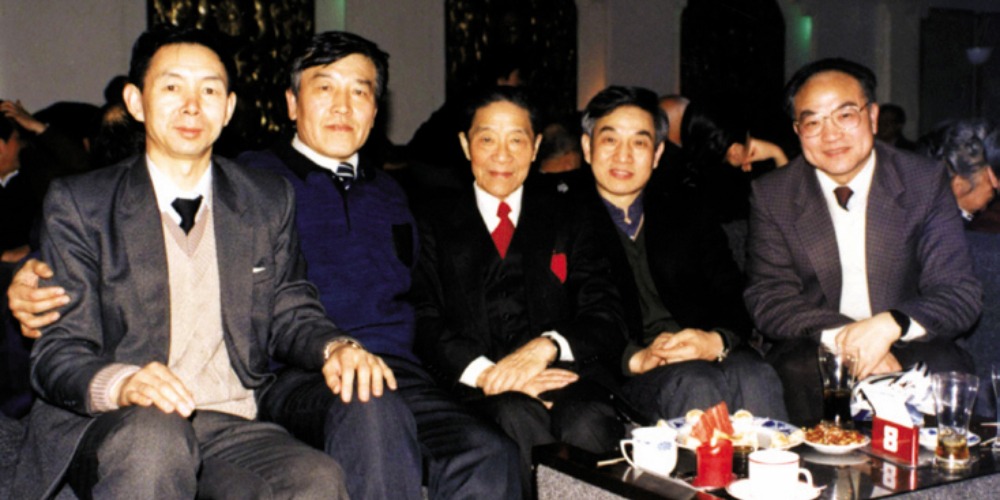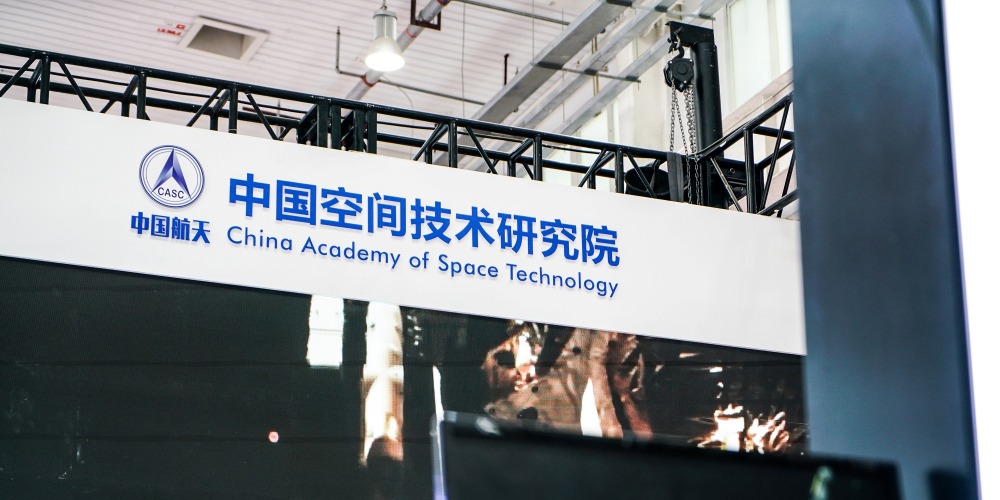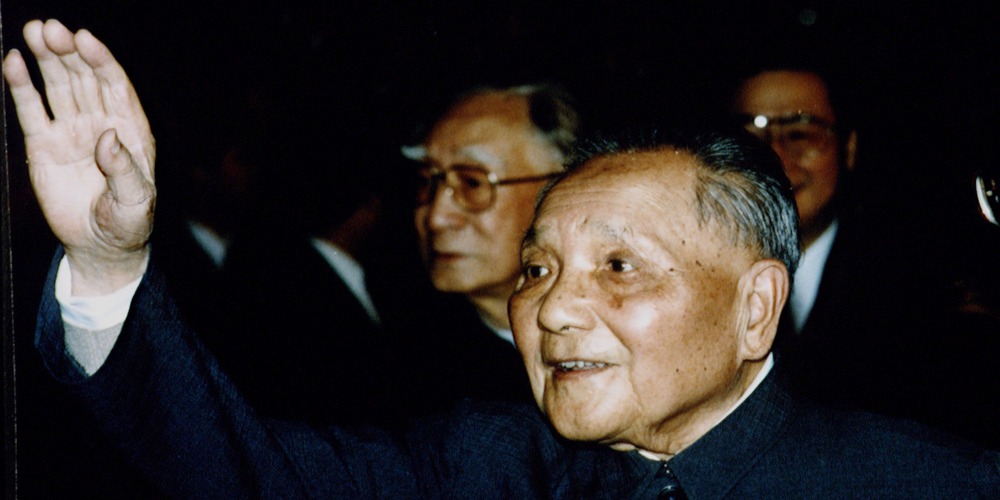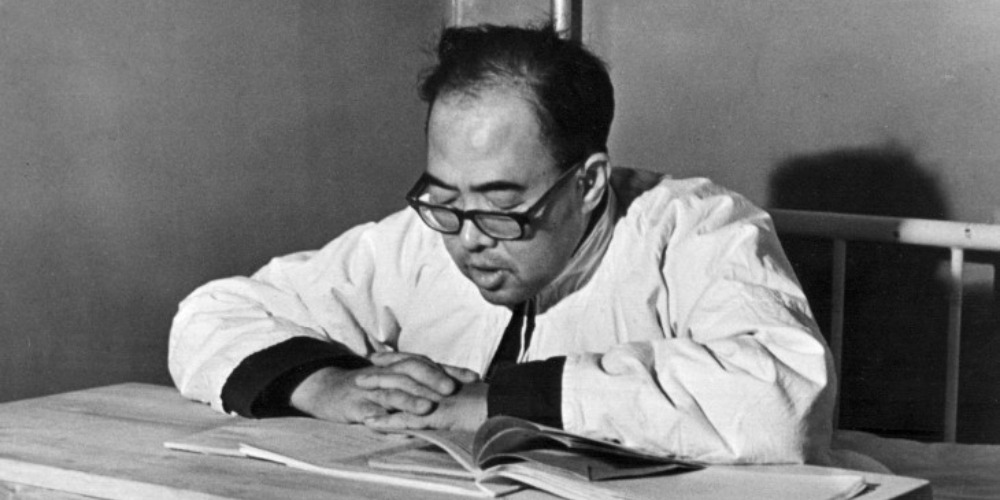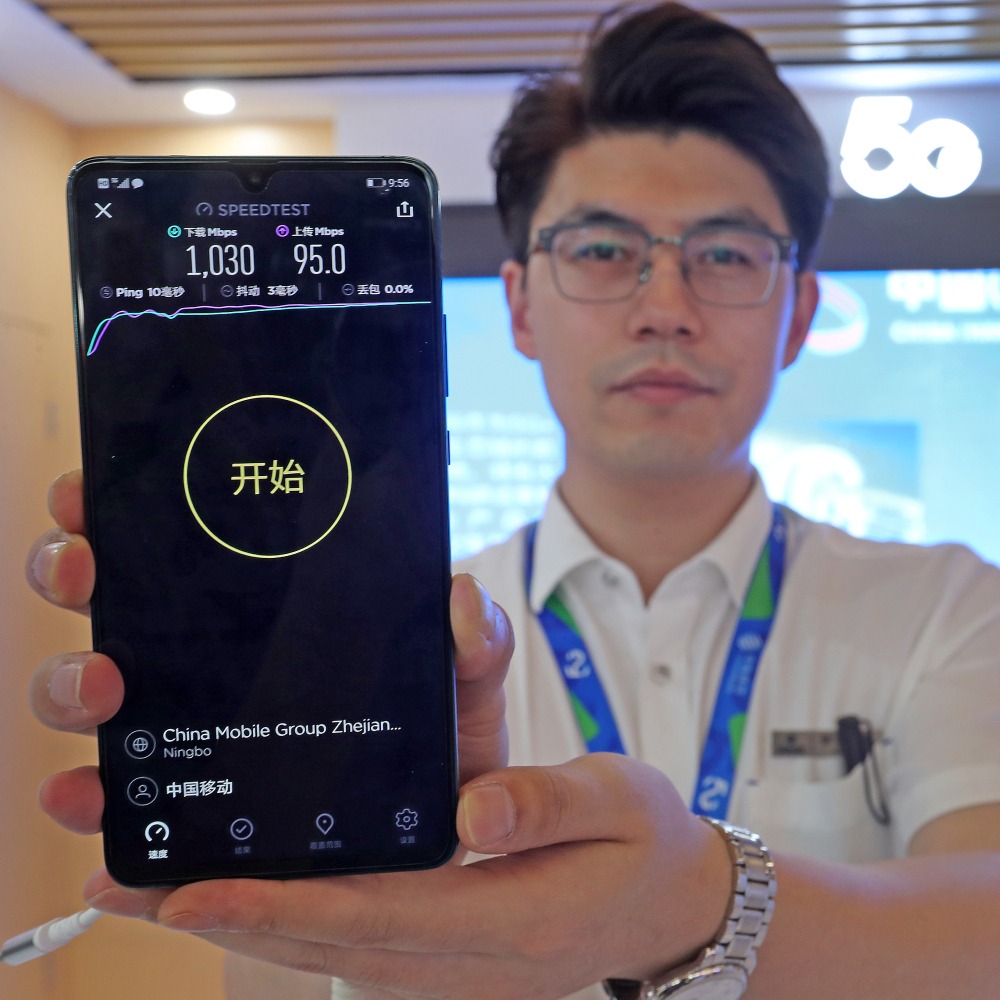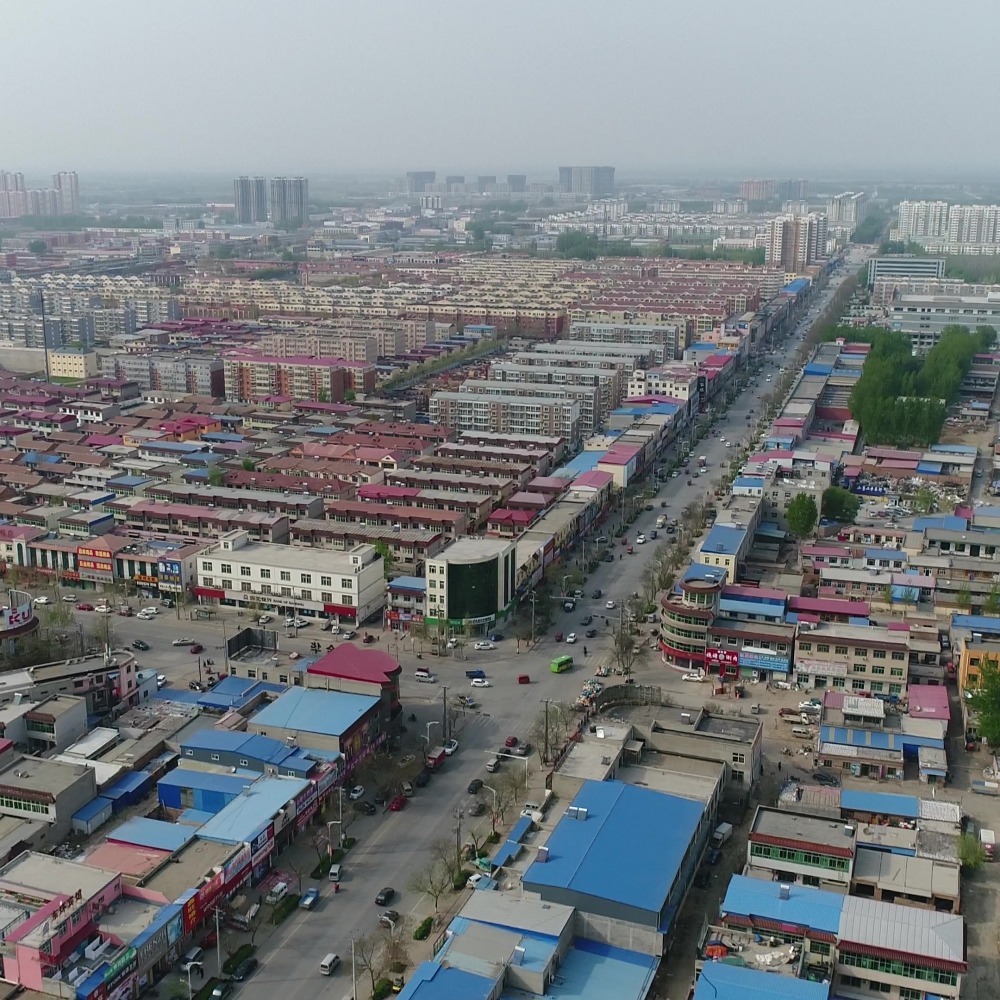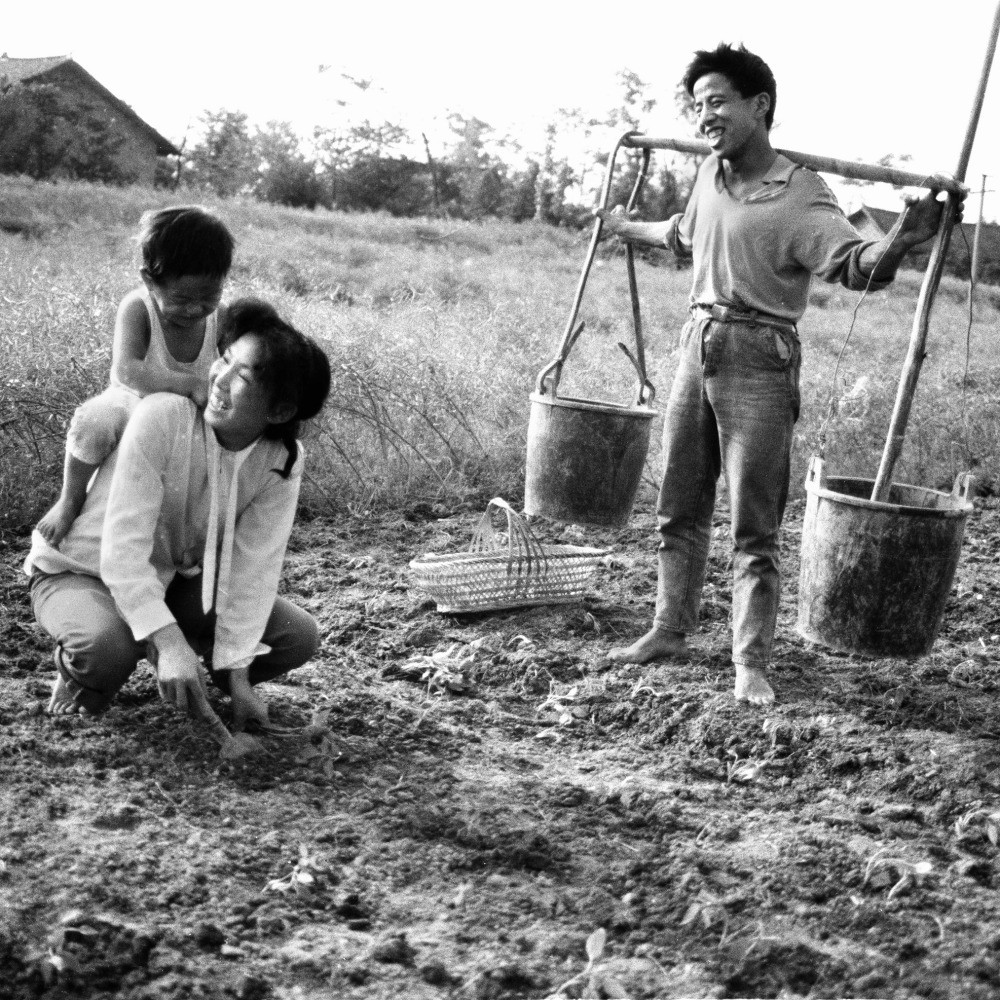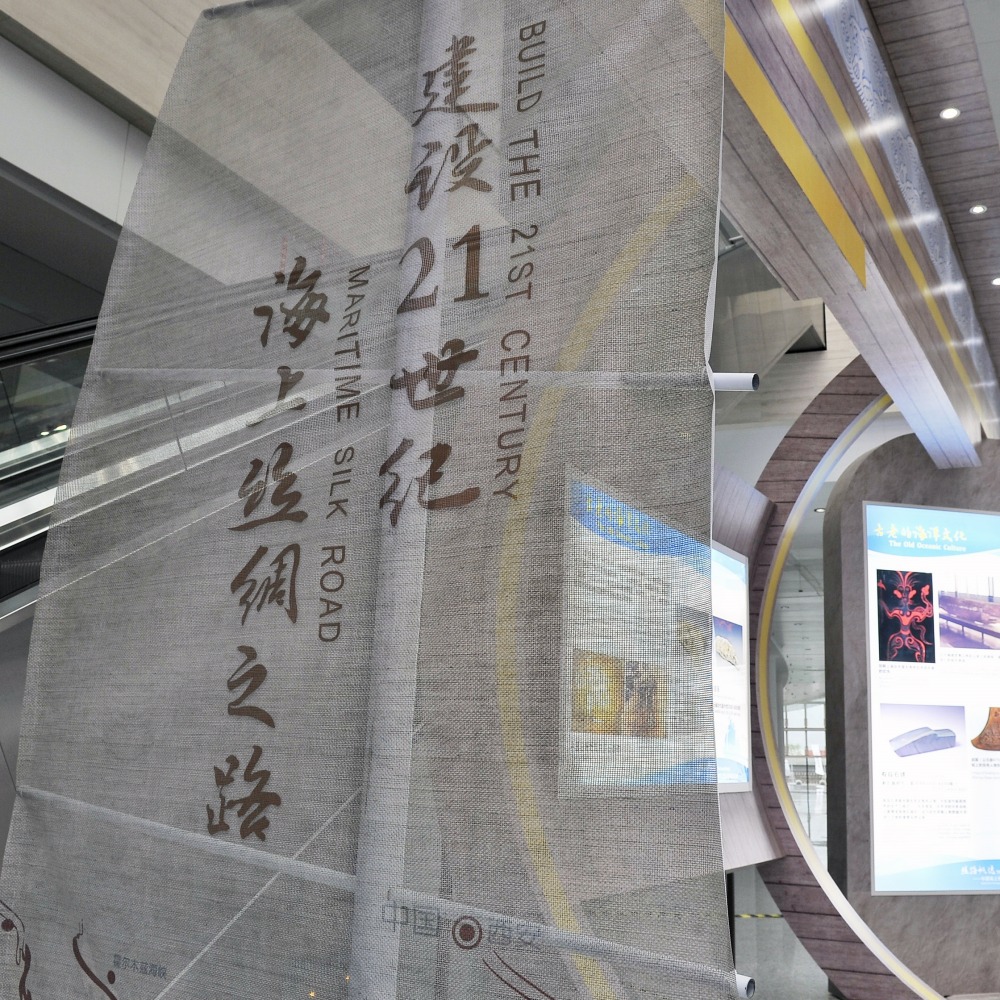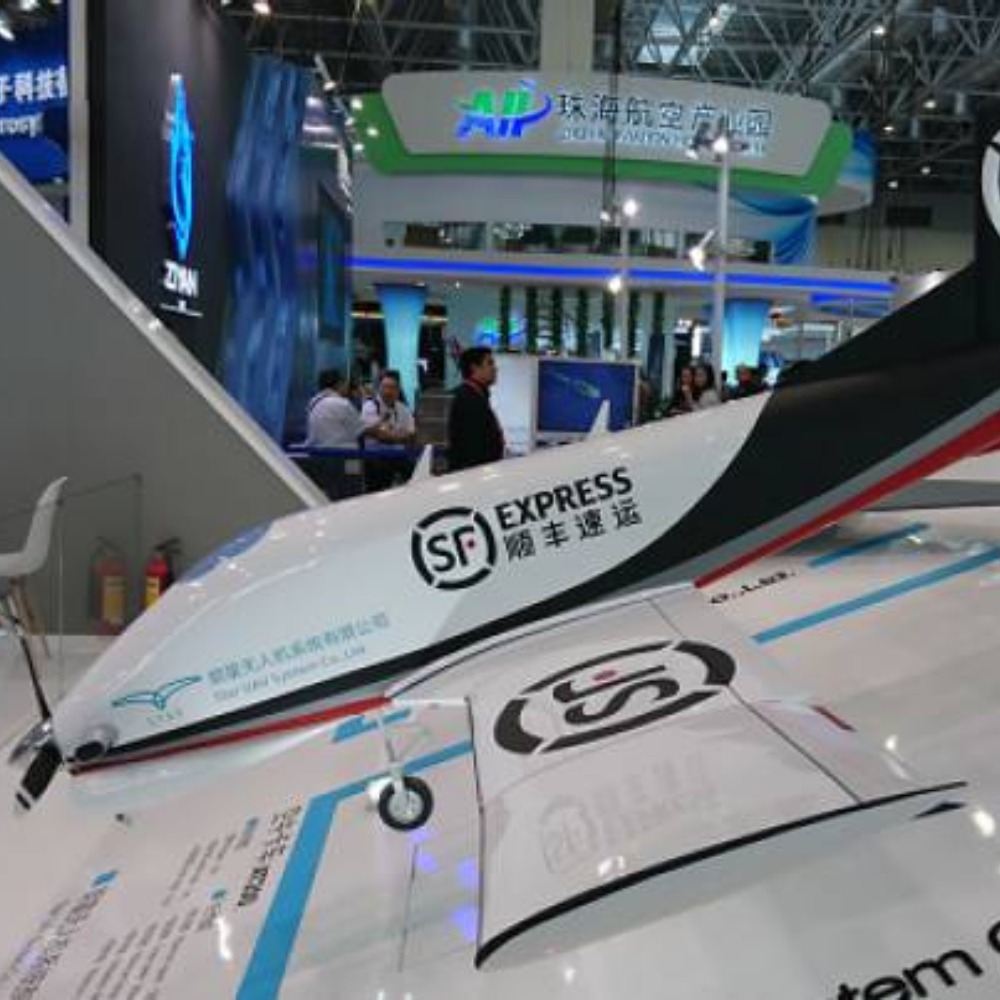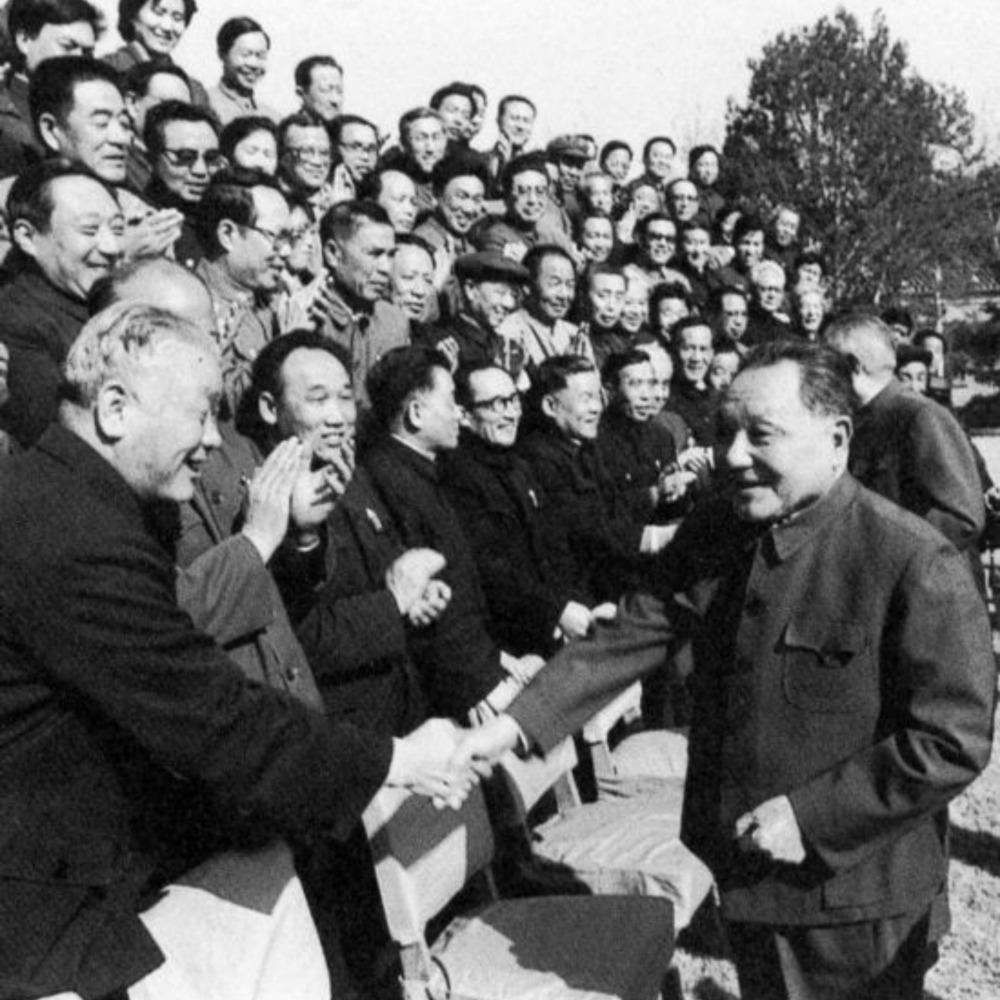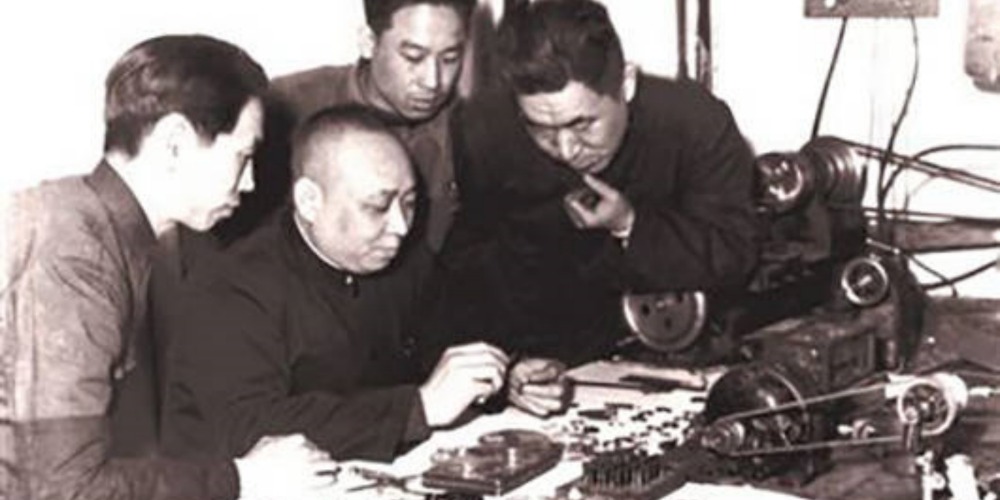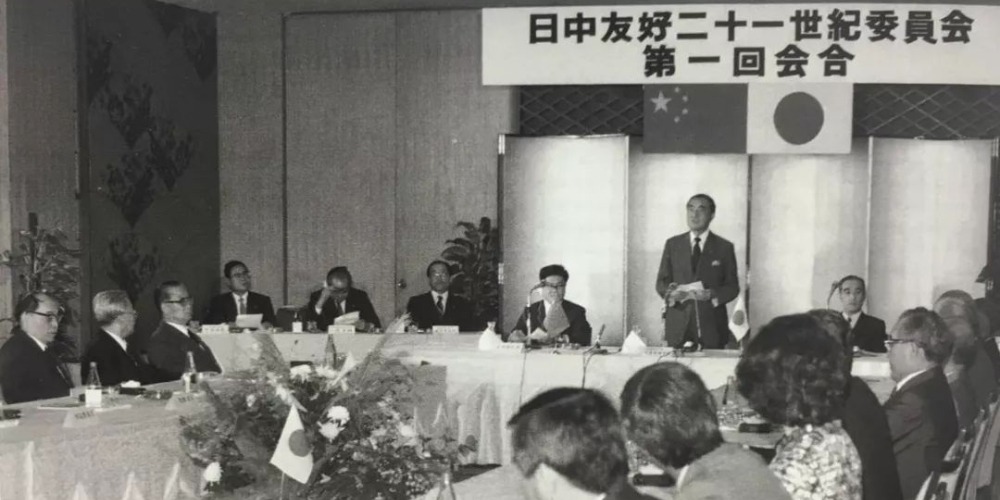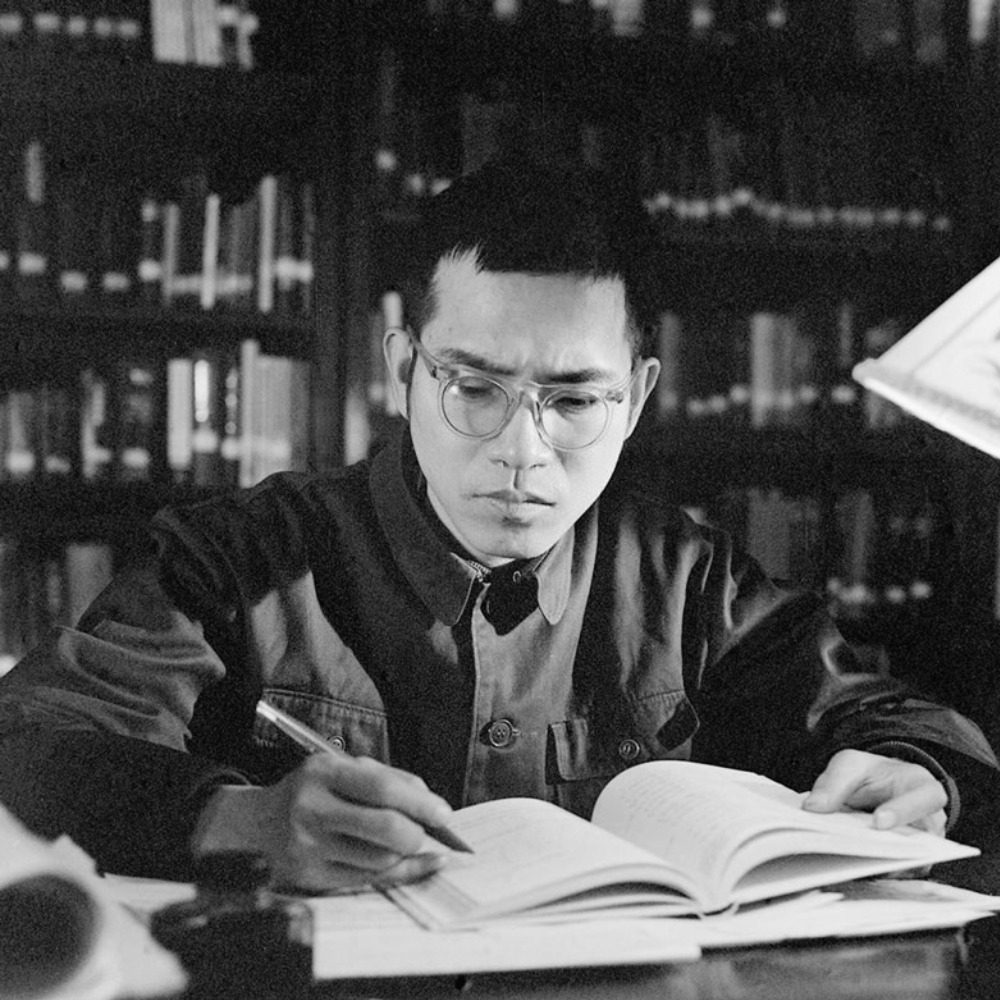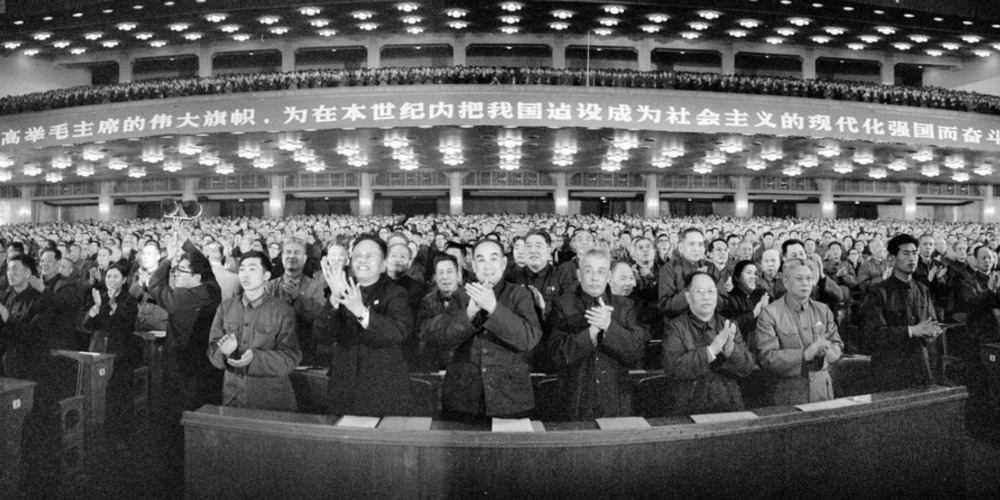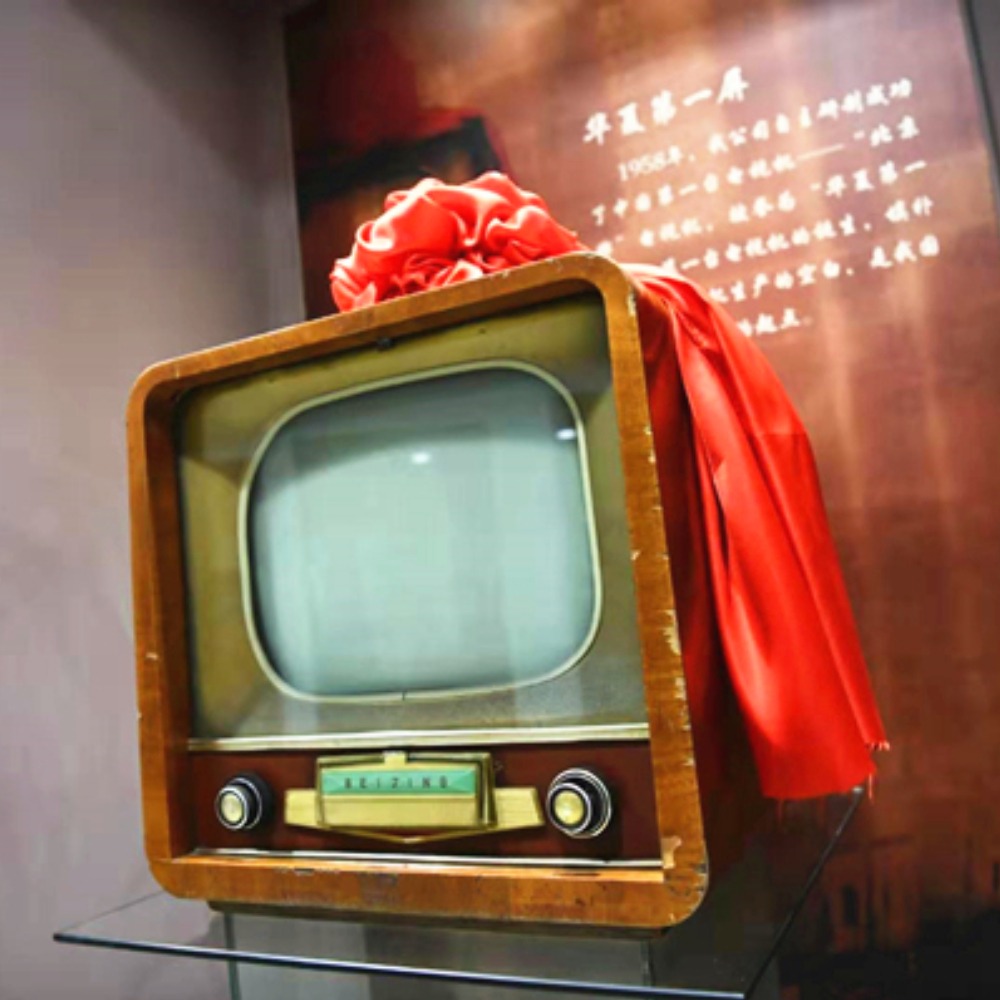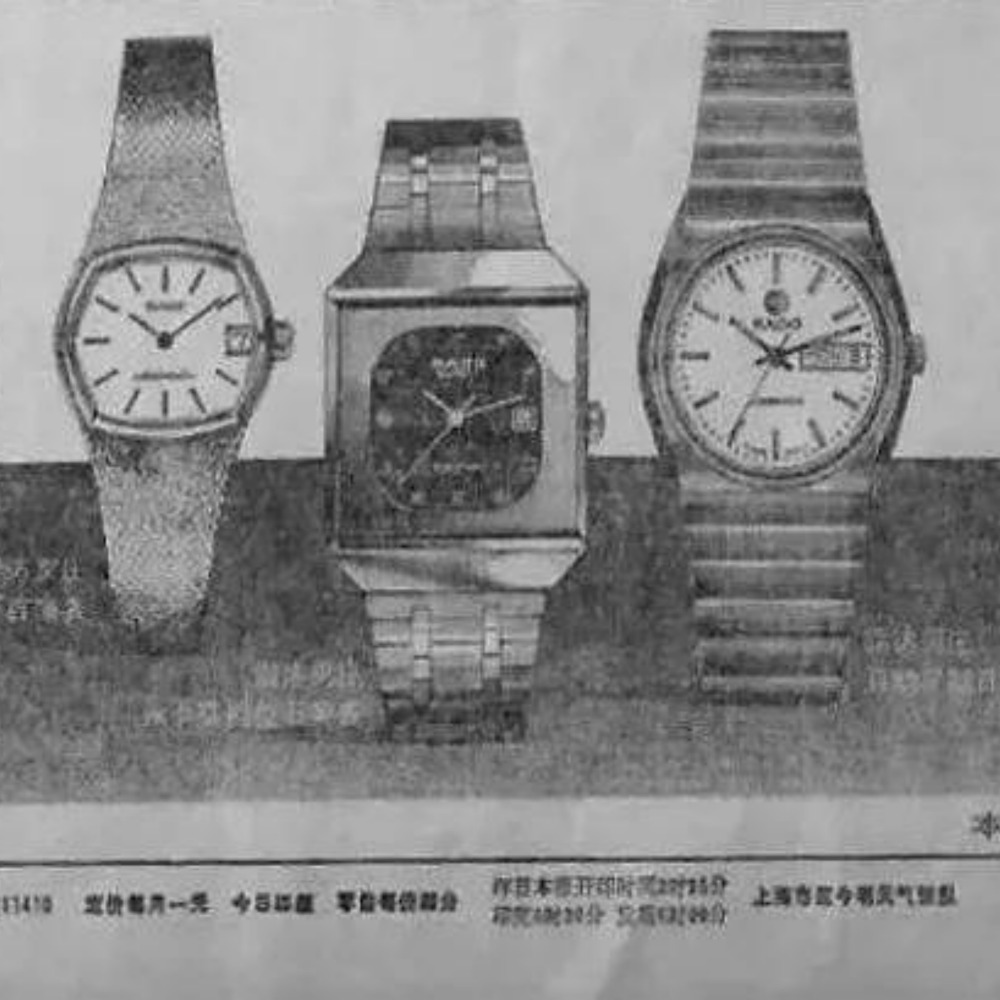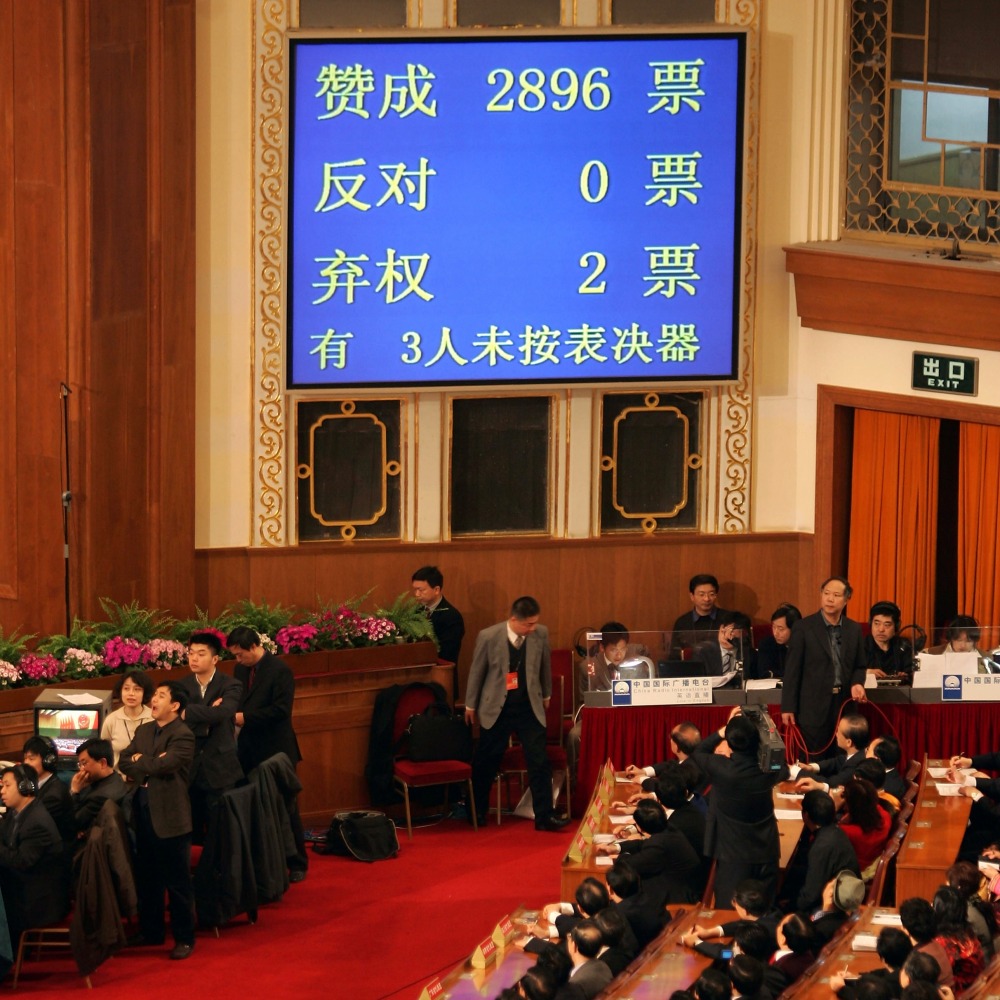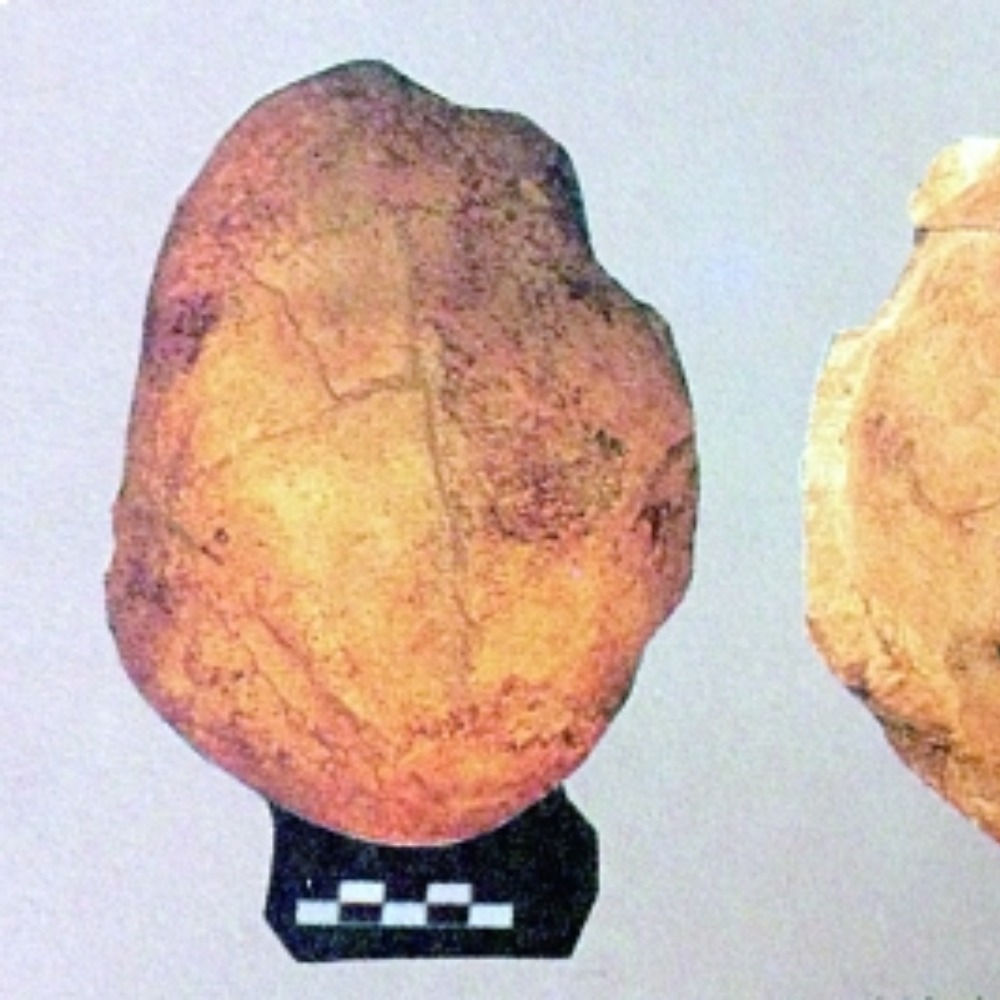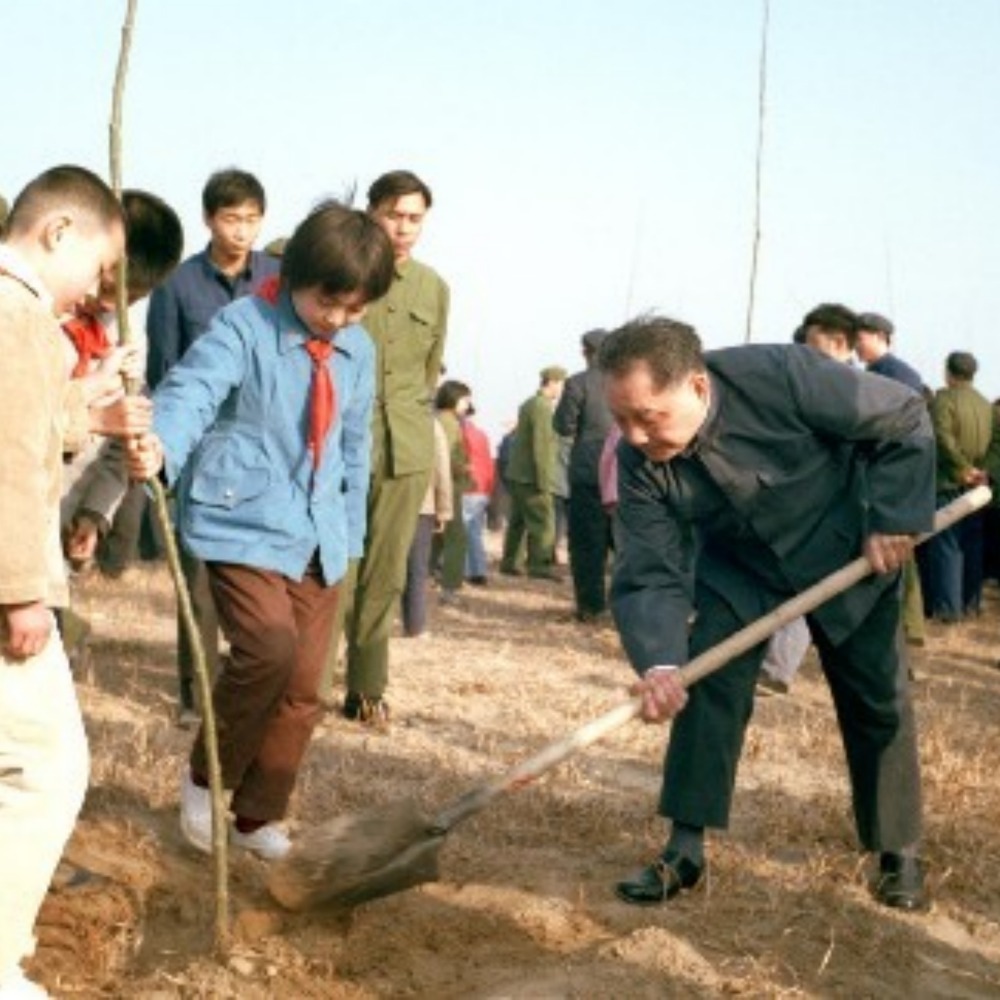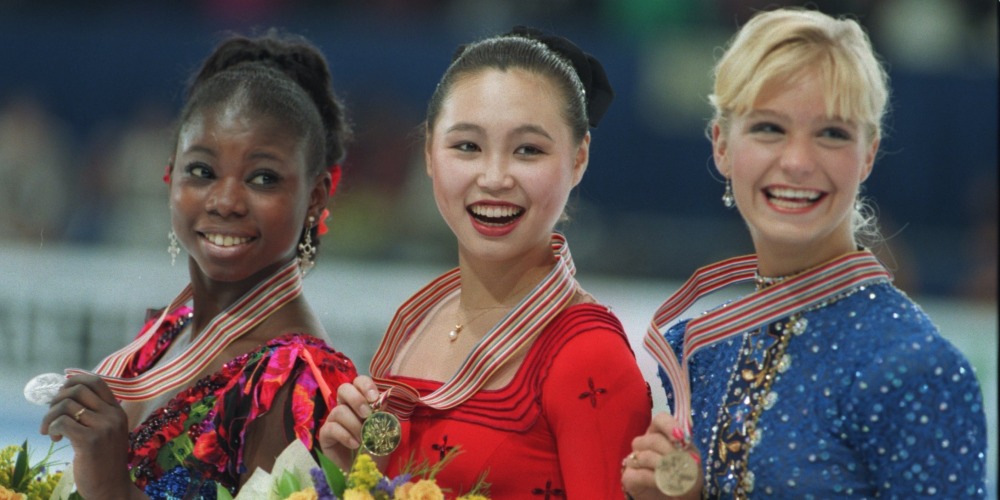Published : 2025-02-18
On February 18, 2004, renowned nuclear agronomist and the founder of nuclear agronomy in China, Xu Guanren (徐冠仁), passed away in Los Angeles, USA.
Xu Guanren was born on March 7, 1914, in a teacher's family in Nantong County, Jiangsu Province.
He graduated from Nantong Academy's Agricultural Science High School in 1930 and went on to study agricultural science at Nantong Academy.
Later, he transferred to the Agronomy Department of National Central University, graduating in 1934 with a bachelor's degree. With excellent academic performance, Xu stayed on at the university as a teacher and began his research on rice genetics.
In 1946, Xu Guanren accepted a scholarship from the University of Minnesota and went to the United States to study, majoring in genetics and minoring in botany, while also teaching part-time at the university.
After obtaining his doctorate degree in 1950, Xu Guanren remained at the University of Minnesota's Department of Agronomy and Plant Genetics as a researcher, engaging in research on wheat genetic breeding.
In 1956, Xu Guanren decided to give up his work in the United States and returned to China via Japan with his wife, Huang Xiaoling (黃小玲) (a Master of Horticulture from the University of Minnesota), and their young child.
After returning to China, Xu dedicated himself to the application of nuclear technology in agriculture, successfully establishing China's first research institution on the agricultural use of atomic energy.
He also initiated and formed the Chinese Society Of Nuclear Agricultural Sciences and founded the Nuclear Agronomy Journal and Nuclear Agronomy Bulletin.
He utilised the theory and research methods of genetic structure reorganisation through wheat monosomic lines and radiation-induced genetic variation to advance the nationwide development of hybrid vigour utilisation, radiation breeding, and chromosome engineering, thereby promoting the application of nuclear technology in agriculture.
He introduced sorghum cytoplasmic male sterile lines to China and developed the first sorghum sterile line as well as excellent hybrids such as "Yuanxin No. 1," making significant contributions to the utilisation of hybrid vigour in Chinese sorghum production.
